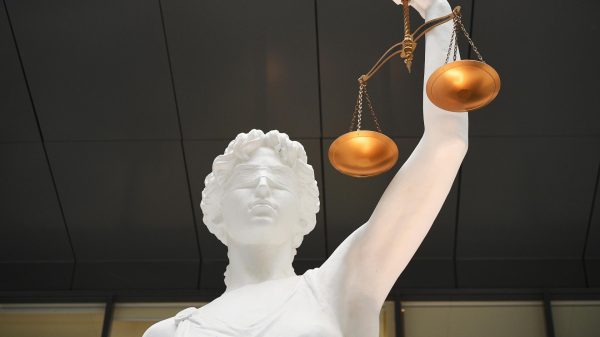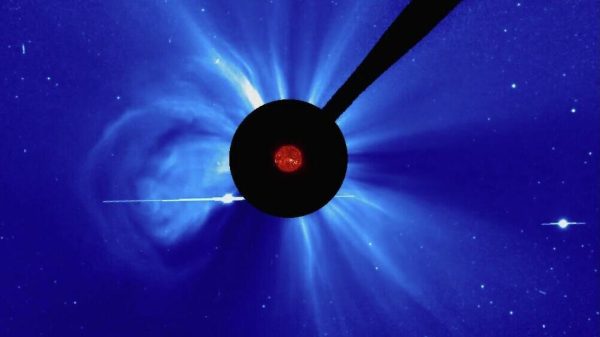New research disproves key assumption about ancient mechanism
More than two millennia ago, a device known as the Antikythera Mechanism was used to predict the movements of celestial bodies using a complex system of gears. Today this artifact is known as the world's oldest computer.

Ever since divers discovered the Antikythera Mechanism at a shipwreck in the Mediterranean Sea in 1901, the mysterious device has been the subject of widespread fascination. Now two astronomers from the University of Glasgow have made a new contribution to the history of the Antikythera mechanism.
In the study, Graham Vaughan and Joseph Bailey offer a new interpretation of the mechanism's calendar ring, which once had hundreds of holes. Since only fragments survive, the exact number of holes is unclear. For years, researchers believed the ring may have been used as a solar calendar, with 365 holes representing the days of the year. Astronomers dispute this, arguing that the ring once served as a lunar calendar and had 354 holes.
The lunar calendar theory was first proposed in a 2020 study led by blogger Chris Budiselic. When astronomers in Glasgow heard about the content maker's work, they were intrigued: what if they could use techniques from their field to solve the mystery?
«This seemed like an interesting problem and I thought I might be able to solve it differently over the Christmas holidays, so I decided to use some statistical techniques to answer the question,» &ldash; declares Vaughan.
Using a method called Bayesian analysis, which relies on probability to answer questions about incomplete data, Vaughan calculated the likely number of holes in the calendar ring based on the spacing between the surviving holes and the arrangement of the surviving ring fragments. He found that the ring likely had either 354 or 355 holes, roughly equivalent to the length of a lunar year.
Bailey, meanwhile, decided to approach the problem by adapting techniques commonly used in gravitational-wave astronomy, which studies the ripples in spacetime caused by the motion of massive space objects, to closely examine the ring. This analysis also found that the ring likely had 354 or 355 holes.
«It's a neat symmetry in that we've adapted the methods we use to study the universe today to better understand the mechanism that helped humans monitor the skies nearly two millennia ago,» — Vaughan reports.
The astronomers' findings contradict generally accepted assumptions about the device: «It's a somewhat controversial idea,» — the researchers themselves think. Graham Vaughan adds that while he and Bailey are not experts on the Antikythera mechanism, «the evidence is pretty clear.»
Not everyone agrees. Mechanical engineer Tony Freeth, an expert on the mysterious artifact, told the Times that the study's findings were «simply wrong,» noting that the mechanism already contained a more accurate lunar calendar.
Meanwhile, other researchers praised the new study. Astrophysicist Mike Edmunds explained that “there is no obvious reason to doubt” the new estimate is 354 holes. However, he does not believe that these marks necessarily correspond to the lunar calendar. According to him, it is completely unclear how the mechanism will work and how it will relate to the marks on the face of the calendar ring.
Software engineer Diomidis Spinellis found the new research convincing: “The Antikythera mechanism — it is a discovery that continues to surprise. Despite severe corrosion and many missing elements, the use of increasingly sophisticated technology and innovative interdisciplinary analysis continues to provide impressive insight into this remarkable artifact.
The Antikythera Mechanism — This is a technological marvel that was far ahead of its time. It depicted gear wheels, dials and hands.
«More than a millennium before Europeans invented the first mechanical clocks in the 13th century, — says scientist Meilan Solly. — The ancients used it to predict eclipses, track the movements of the sun and moon, and even to determine the timing of sporting events such as the Olympic Games.


























































Свежие комментарии